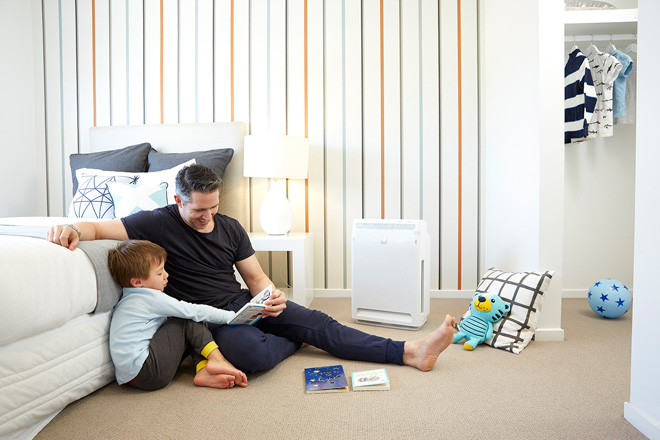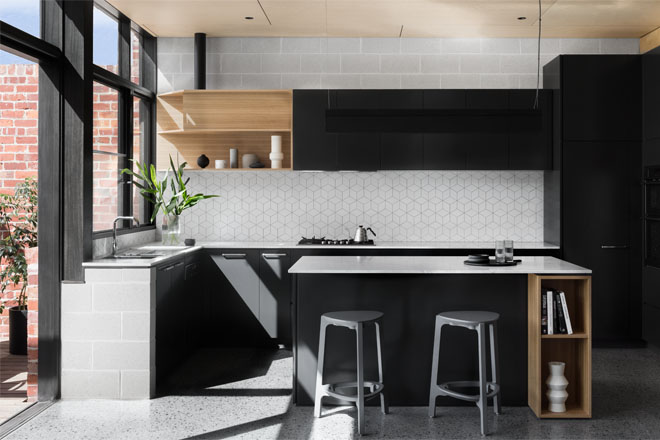How healthy is your home?
Health and wellbeing are increasingly hot topics in Australia. While there’s plenty of talk about diet and exercise, there is one aspect that’s often overlooked: the health of our home environments. When you consider that we spend as much as 90% of our lives indoors, it makes sense that we should pay attention to the factors that contribute to a healthy home and the air we breathe inside.
Understanding the indoor air pollution problem
So, why is the air in a home such a big deal? Well, mainly because pollutants can lurk there, unseen, for you and your family to inhale. These pollutants can cause health issues, from headaches and tiredness to more severe conditions like asthma, cancer and even kidney failure. The long and short of it is – you need to keep an eye on the quality of the air in your home.
The tricky thing about indoor air quality (IAQ) is that there’s no simple way to keep it healthy. Every home is different, and the air pollutants in each vary. At the most dangerous end of the scale are pollutants like asbestos and formaldehyde, which should be professionally treated. However, there also are many ‘everyday’ pollutants that can have an impact, such as tobacco, mould, mildew, bacteria, dust mites, house paint, carpet fumes, cleaning products and disinfectants. Even household appliances can contribute to our indoor air quality – things like stoves, heaters and fireplaces, which emit carbon monoxide and nitrogen dioxide without us even realising.
So, what can you do to improve your home’s IAQ?
No matter what home you live in, here are a few simple steps you can take to minimise pollution:
- Limiting soft furnishings like carpets, curtains and rugs (these are traps for dust and bacteria!)
- Regularly dusting and vacuuming
- Limiting the burning of candles and wood fires
- Making sure you use exhaust fans when cooking
- Never smoking inside
- Using cleaning products with low VOCs
If you’re concerned about the products and appliances you’re using, the Sensitive Choice program can provide more information on what are the safest options to use in your home.
The second step to healthy IAQ is increasing ventilation to ensure you have enough fresh, clean air coming in. While sometimes it’s as simple as opening a window, this isn’t always possible (especially if you live in an area with external pollutants like traffic exhaust from nearby roads). In these cases, you can use a humidifier or dehumidifier, install an air purifier or a quality air conditioner with an air purifying filter.
Thankfully, Daikin air conditioners have built in technology that specifically target indoor air pollutants. Newer Daikin models like the The Zena Designer Series and US7 come with advanced flash streamer air purifying technology which decomposes bacteria and mould that gets stuck in the filter. It also has an inbuilt filter that traps microscopic particles, decomposes odours and deactivates bacteria.
Cora, Nexura and Floor Standing models include an advanced deodorising air purification filter, with titanium apatite allowing it to trap microscopic particles, decompose odours and deactivate bacteria.
If asthma or allergies are a problem for you or someone in your family, you might want to consider a Daikin Split System. They’re the only air conditioners to have be approved by the National Asthma Council Australia’s Sensitive Choice program.
Interested in addressing the air pollution in your home?
If this article has made you think twice about the possible pollution in your home, it’s not a bad idea to enlist the help of a professional to do a health check on the air in your home. Why not book a consultation with a Daikin Specialist Dealer? They’ll visit and assess your home, before recommending a solution that’s right for you – helping you breathe easier on all fronts.
For more information













